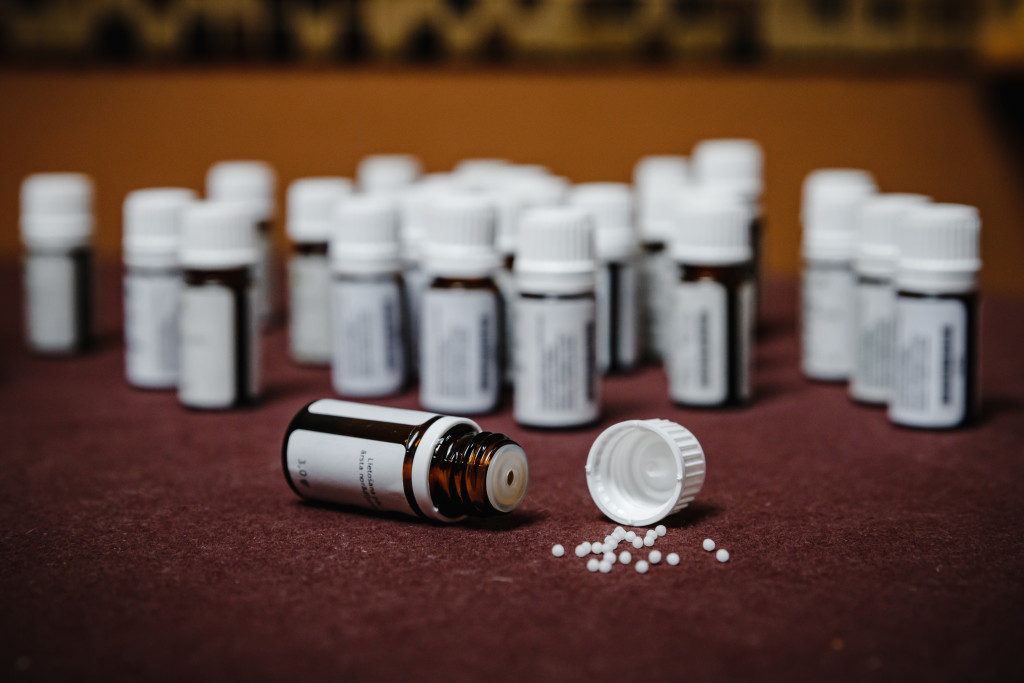The Connection Between COVID Vaccination and Swelling of Dermal Fillers
- 05/07/2023
Since the emergence of COVID-19, vaccination campaigns have played a vital role in combating the spread of the virus. Vaccines have been proven safe and effective in preventing severe illness and reducing hospitalizations. However, as with any medical intervention, specific rare side effects or interactions can require attention. The growing list of COVID complications is long and surprising – from brain changes and heart disease to skin rashes and COVID toes. One such concern that has emerged is the potential for dermal fillers to swell following COVID vaccination. This article will explore the link between COVID vaccination and dermal filler swelling, examining the scientific evidence and providing insights for those considering both procedures.
Findings of DrugCard in the medical literature
In the journal “Allergy, Asthma & Clinical Immunology,” specialists from the DrugCard platform found an intriguing incident involving a delayed hypersensitivity reaction to a cosmetic filler following two COVID-19 vaccinations. The patient, a 43-year-old woman with a hereditary connective tissue disorder, had been receiving hyaluronic acid (HA) injections for three years without any adverse reactions. After receiving her first dose of the Moderna COVID-19 vaccine and undergoing routine facial injections with hyaluronic acid three weeks later, she experienced a large, persistent, erythematous pustule on her left cheek. Despite multiple courses of antibiotics, the condition did not improve. Following her second Moderna vaccine dose, she developed severe fatigue, facial swelling, and other nodules at the sites of previous hyaluronic acid injections. She avoids further HA injections but remains permanently disfigured from her HA reactions. The case highlights a unique and rare immunological response following COVID-19 vaccination in individuals with dermal fillers.
Understanding Dermal Fillers
Cosmetic practitioners inject dermal fillers beneath the skin to restore volume, smooth wrinkles, or enhance facial contours. Fillers are now one of the most common non-surgical cosmetic procedures. Adding fillers to the face can address facial drooping; injections into the high cheekbone area lift the face. They are commonly used to manage signs of aging or to enhance specific facial features. The most frequently used dermal fillers contain hyaluronic acid, a substance naturally found in the body that provides hydration and plumpness to the skin. Medical professionals consider these fillers safe with a low risk of side effects.
The COVID Vaccination Connection
Reports of localized swelling or inflammation at the site of dermal fillers following COVID vaccination have been observed. The first US Food and Drug Administration (FDA) reports on the Moderna vaccine showed adverse events in three patients with soft tissue fillers. These complications can occur between 15 days and six months after filler injections. And they can occur three to four weeks after COVID infection. This side effect has been reported mainly in individuals who have received the Pfizer-BioNTech and Moderna mRNA vaccines. It is important to note that such reactions are infrequent, affecting only a small percentage of vaccine recipients.
Understanding the COVID vaccination and dermal fillers swelling link: scientific insights
Researchers believe that the temporary swelling or inflammation seen in individuals with dermal fillers after COVID vaccination is related to the body’s immune response. The mRNA vaccines, such as those developed by Pfizer-BioNTech and Moderna, work by instructing cells to produce a harmless spike protein found on the surface of the SARS-CoV-2 virus. This spike protein triggers an immune response, leading to the production of antibodies that protect against COVID-19. The similarity between the spike protein and HA, a component of some dermal fillers, may be responsible for the swelling. The immune response generated by the vaccine may mistakenly target the dermal filler substance, resulting in localized inflammation or swelling. It’s crucial to note that this reaction is temporary and typically resolves independently. But as you can see from the described case, there can be permanent changes.
Conclusion
Although rare, the association between COVID vaccination and temporary swelling of dermal fillers has been observed. The vaccine triggers an immune response that targets components of the dermal filler substance, constituting the underlying mechanism. Cosmetic procedures are not always readily reported to physicians by the patient, but they can sometimes have serious adverse effects. It is crucial for individuals considering both procedures to disclose their use of dermal fillers to their healthcare provider. Additionally, they should adhere to the recommended waiting period after vaccination. By doing so, they can mitigate the risks and ensure their overall health and well-being.



